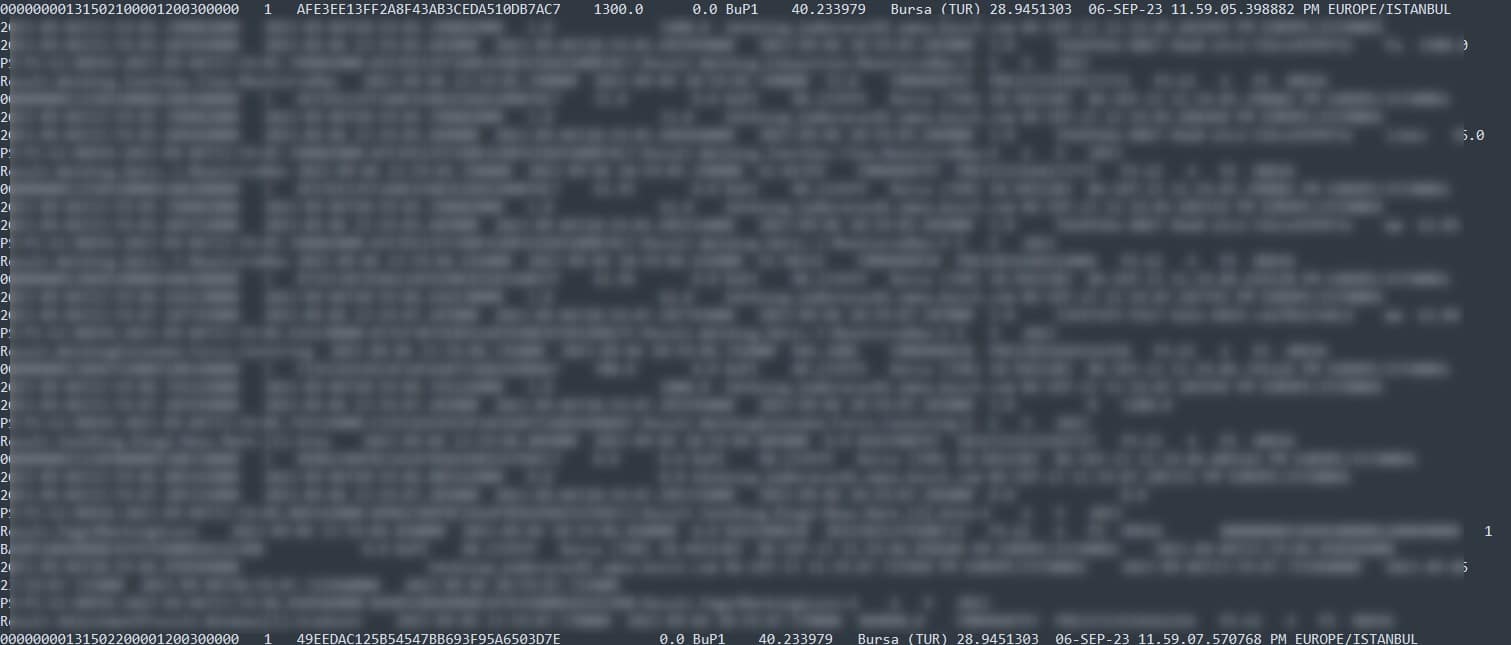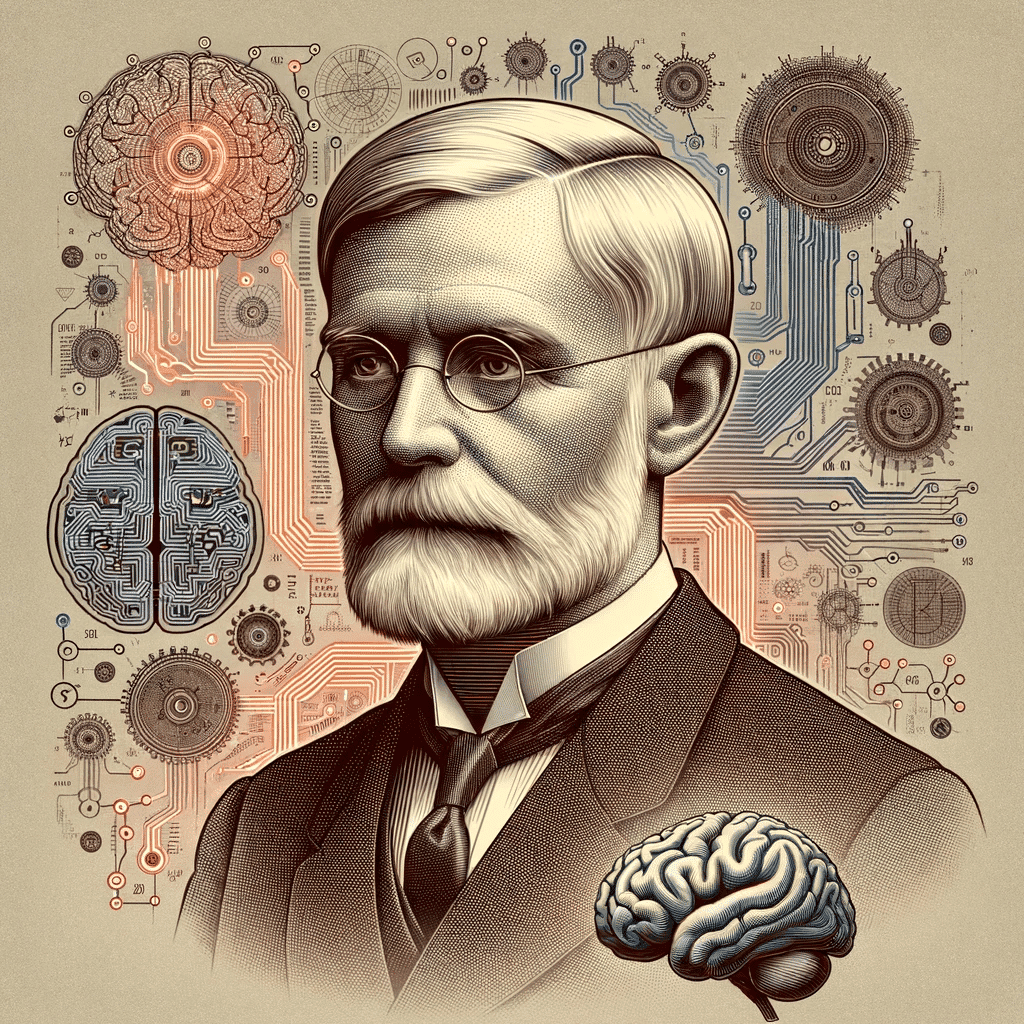The Monty Hall Problem

The Monty Hall Problem: An Exploration of Probability and Decision-Making
The Monty Hall Problem is a famous probability puzzle named after Monty Hall, the original host of the American television game show “Let’s Make a Deal.” The problem, which involves a contestant choosing between three doors, one of which hides a prize, has intrigued mathematicians, statisticians, and the general public alike due to its counterintuitive solution. This article delves into the origins, explanation, and implications of the Monty Hall Problem, highlighting its impact on the understanding of probability and decision-making.

The Problem Statement
The Monty Hall Problem is typically presented as follows:
- A contestant is presented with three doors. Behind one door is a car (the prize), and behind the other two doors are goats.
- The contestant selects one of the three doors, say Door A.
- The host, Monty Hall, who knows what is behind each door, opens one of the remaining doors that the contestant did not pick, say Door B, revealing a goat.
- The contestant is then given the choice to either stick with their original choice (Door A) or switch to the other unopened door (Door C).
The question posed to the contestant is: Should they stick with their original choice or switch to the other door to maximize their chances of winning the car?
Analysis and Solution
At first glance, it might seem that the contestant’s choice doesn’t matter since two doors remain, implying a 50/50 chance. However, probability theory provides a different perspective. Here’s a step-by-step breakdown:
- Initial Choice:
- The probability of choosing the car (Door A) initially is ( \frac{1}{3} ).
- The probability of choosing a goat initially (either Door B or Door C) is ( \frac{2}{3} ).
- Monty’s Action:
- Monty always opens a door that reveals a goat, which means he provides additional information by eliminating one losing option.
- Decision to Switch:
- If the contestant initially picked the car (probability ( \frac{1}{3} )), switching will lead to a loss because the remaining door has a goat.
- If the contestant initially picked a goat (probability ( \frac{2}{3} )), switching will lead to a win because the remaining door has the car.
Thus, the probability of winning the car if the contestant switches doors is ( \frac{2}{3} ), whereas the probability of winning if they stick with their original choice remains ( \frac{1}{3} ). Therefore, the optimal strategy is to always switch doors.
Historical Context and Public Reaction
The Monty Hall Problem was popularized by Marilyn vos Savant in her “Ask Marilyn” column in Parade magazine in 1990. Vos Savant provided the correct solution and advised readers to always switch doors, but her answer sparked widespread debate and skepticism, even among mathematicians and statisticians.
Many found it hard to believe that switching doors could improve the odds, a testament to the problem’s counterintuitive nature. Subsequent analyses, computer simulations, and explanations eventually convinced the majority of the correctness of vos Savant’s solution.
Mathematical and Psychological Implications
The Monty Hall Problem highlights several important concepts in probability and decision-making:
- Conditional Probability:
- The problem illustrates how initial probabilities change when new information is provided. The act of Monty revealing a goat alters the probability landscape.
- Human Intuition vs. Mathematical Reality:
- It demonstrates the gap between intuitive thinking and mathematical reasoning. Many people’s instincts lead them to believe in equal odds, showcasing a common misunderstanding of probability.
- Bayesian Reasoning:
- The problem can be analyzed using Bayes’ Theorem, which provides a framework for updating probabilities based on new evidence.
Broader Applications
The principles illustrated by the Monty Hall Problem are applicable in various real-world scenarios involving probability and decision-making:
- Medical Testing:
- Understanding conditional probabilities is crucial in interpreting the results of medical tests and screenings.
- Financial Decisions:
- Investors can benefit from recognizing how new information impacts the probability of various outcomes.
- Game Theory:
- The problem is a classic example in game theory, showcasing strategies under uncertainty and incomplete information.
The Monty Hall Problem is more than just a curious puzzle; it is a profound lesson in probability, challenging our intuitive understanding and providing insights into rational decision-making. By always choosing to switch doors, contestants can maximize their chances of success, a result that underscores the value of mathematical reasoning in everyday life. The problem remains a popular teaching tool and a fascinating topic for anyone interested in the intricacies of probability and human cognition.







